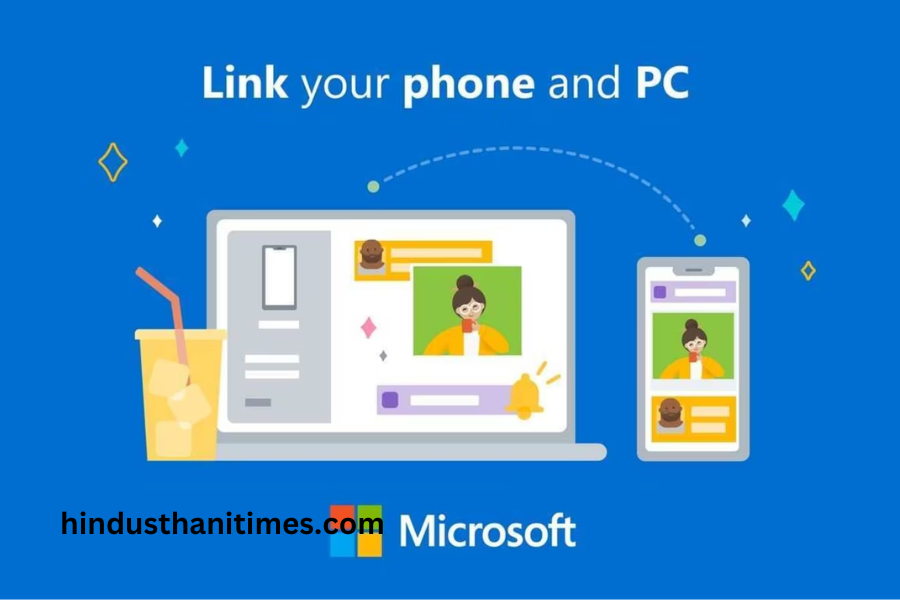In today’s digital age, ensuring the security of online accounts has become more crucial than ever. With the increasing number of cyber threats, it is essential to adopt robust authentication methods to protect sensitive information. One such innovative solution is Cgmatr Ncode in Login. In this article, we will explore what Cgmatr Ncode in Login is, its benefits, how to set it up, troubleshoot common issues, best practices for optimizing its usage, alternatives, and real-life success stories.
What is Cgmatr Ncode in Login?
Cgmatr Ncode in Login is a cutting-edge authentication method that provides an additional layer of security to the login process. Unlike traditional methods that solely rely on passwords or biometrics, Cgmatr Ncode introduces a unique concept of using dynamic codes for authentication. These codes are generated in real-time and are valid only for a limited duration, adding an extra level of protection against unauthorized access.
Benefits of Using Cgmatr Ncode in Login
The adoption of Cgmatr Ncode in Login brings several significant benefits to both individuals and organizations. Firstly, it greatly enhances security by reducing the risk of password breaches and unauthorized access. Since the codes are generated dynamically, even if an attacker manages to obtain one, it becomes useless after a short period.
Secondly, Cgmatr Ncode in Login offers a seamless user experience. Users no longer need to remember complex passwords or worry about forgetting them. The dynamic codes can be easily generated through a user-friendly interface, making the login process convenient and efficient.
Lastly, Cgmatr Ncode in Login provides a more reliable and scalable solution, especially for organizations dealing with a large number of users. It eliminates the need for password resets and reduces the burden on IT support teams. Additionally, the authentication process can be easily integrated into existing login systems, ensuring a smooth transition for users.
How to Set Up Cgmatr Ncode in Login
Setting up Cgmatr Ncode in Login is a straightforward process that can be accomplished in a few simple steps. Firstly, you need to choose a reliable Cgmatr Ncode provider that aligns with your requirements. This provider will generate and manage the dynamic codes for your login system.
Once you have selected a provider, you will need to integrate their API into your existing login system. This integration ensures that the dynamic codes are generated and validated seamlessly during the login process. The provider will guide you through the integration process, providing necessary documentation and support.
After the integration is complete, you can customize the settings of Cgmatr Ncode in Login according to your preferences. This includes defining the duration for which the codes remain valid, configuring the user interface, and enabling additional security features if required.
Troubleshooting Common Issues With Cgmatr Ncode in Login
While Cgmatr Ncode in Login is a reliable authentication method, it is essential to be aware of potential issues that may arise. One common problem users may face is the inability to generate the dynamic codes due to connectivity issues or server errors. In such cases, it is advisable to check the internet connection and contact the Cgmatr Ncode provider for assistance.
Another issue that may occur is the codes being rejected during the login process. This can happen if the codes have expired or if there is a mismatch between the generated code and the one expected by the login system. To troubleshoot this, users should ensure that they are entering the most recent code generated by the Cgmatr Ncode provider.
If users encounter persistent issues, it is recommended to contact the Cgmatr Ncode provider’s support team for further investigation. They will be able to analyze the problem and provide an appropriate solution or workaround.
Best Practices for Optimizing Cgmatr Ncode in Login
To maximize the effectiveness of Cgmatr Ncode in Login, it is essential to follow some best practices. Firstly, it is recommended to educate users about the benefits and usage of Cgmatr Ncode. Clear instructions and user-friendly interfaces can significantly improve the adoption rate and reduce user resistance.
Secondly, organizations should regularly update their login systems and keep them up to date with the latest security patches. This ensures that the Cgmatr Ncode integration remains secure and free from vulnerabilities that could be exploited by attackers.
Furthermore, it is crucial to enforce strong password policies in conjunction with Cgmatr Ncode in Login. While the dynamic codes provide an additional layer of security, having weak or easily guessable passwords can still pose a risk. Encouraging users to choose complex passwords and implementing password strength checks can further enhance the overall security of the login process.
Alternatives to Cgmatr Ncode in Login
While Cgmatr Ncode in Login offers a robust authentication method, there are alternative solutions available in the market. One popular alternative is the Time-based One-Time Password (TOTP) method, which generates a unique code based on the current time. TOTP has gained traction due to its simplicity and compatibility with various devices and platforms.
Another alternative is the Universal Second Factor (U2F) method, which utilizes physical security keys for authentication. U2F offers high security and ease of use, as users only need to insert the key into a USB port or tap it on a compatible device to authenticate.
Organizations evaluating different authentication methods should consider their specific requirements, such as user base, technical capabilities, and budget, to make an informed decision.
Cgmatr Ncode in Login vs Other Login Authentication Methods
Compared to traditional authentication methods, such as passwords and biometrics, Cgmatr Ncode in Login offers several advantages. Unlike passwords, which can be easily forgotten or stolen, Cgmatr Ncode provides dynamic codes that are valid only for a limited time, significantly reducing the risk of unauthorized access.
In comparison to biometrics, Cgmatr Ncode offers a more scalable and cost-effective solution. Biometric authentication requires dedicated hardware and may not be suitable for all devices or user environments. Cgmatr Ncode, on the other hand, can be seamlessly integrated into existing login systems and accessed from any device with an internet connection.
Cgmatr Ncode in Login Case Studies and Success Stories
Real-life case studies and success stories can provide valuable insights into the implementation and benefits of Cgmatr Ncode in Login. A renowned financial institution, for example, successfully implemented Cgmatr Ncode and witnessed a significant reduction in unauthorized access attempts. The dynamic codes provided an additional layer of security, thwarting potential cyber threats.
In another case, a large e-commerce platform integrated Cgmatr Ncode in Login and observed improved user satisfaction and trust. Customers appreciated the hassle-free login process and the enhanced security measures, resulting in increased customer loyalty and reduced support queries related to forgotten passwords.
Conclusion
Cgmatr Ncode in Login is a revolutionary authentication method that offers enhanced security, convenience, and scalability. By adopting Cgmatr Ncode, organizations and individuals can significantly reduce the risk of unauthorized access and protect sensitive information.
While there are alternative authentication methods available, Cgmatr Ncode stands out due to its unique dynamic code generation and seamless integration capabilities. By following best practices and learning from real-life success stories, organizations can make informed decisions when implementing Cgmatr Ncode in Login.
To stay ahead of cyber threats, it is crucial to embrace innovative solutions like Cgmatr Ncode in Login and prioritize the security of online accounts. By doing so, we can ensure a safer and more secure digital future.



